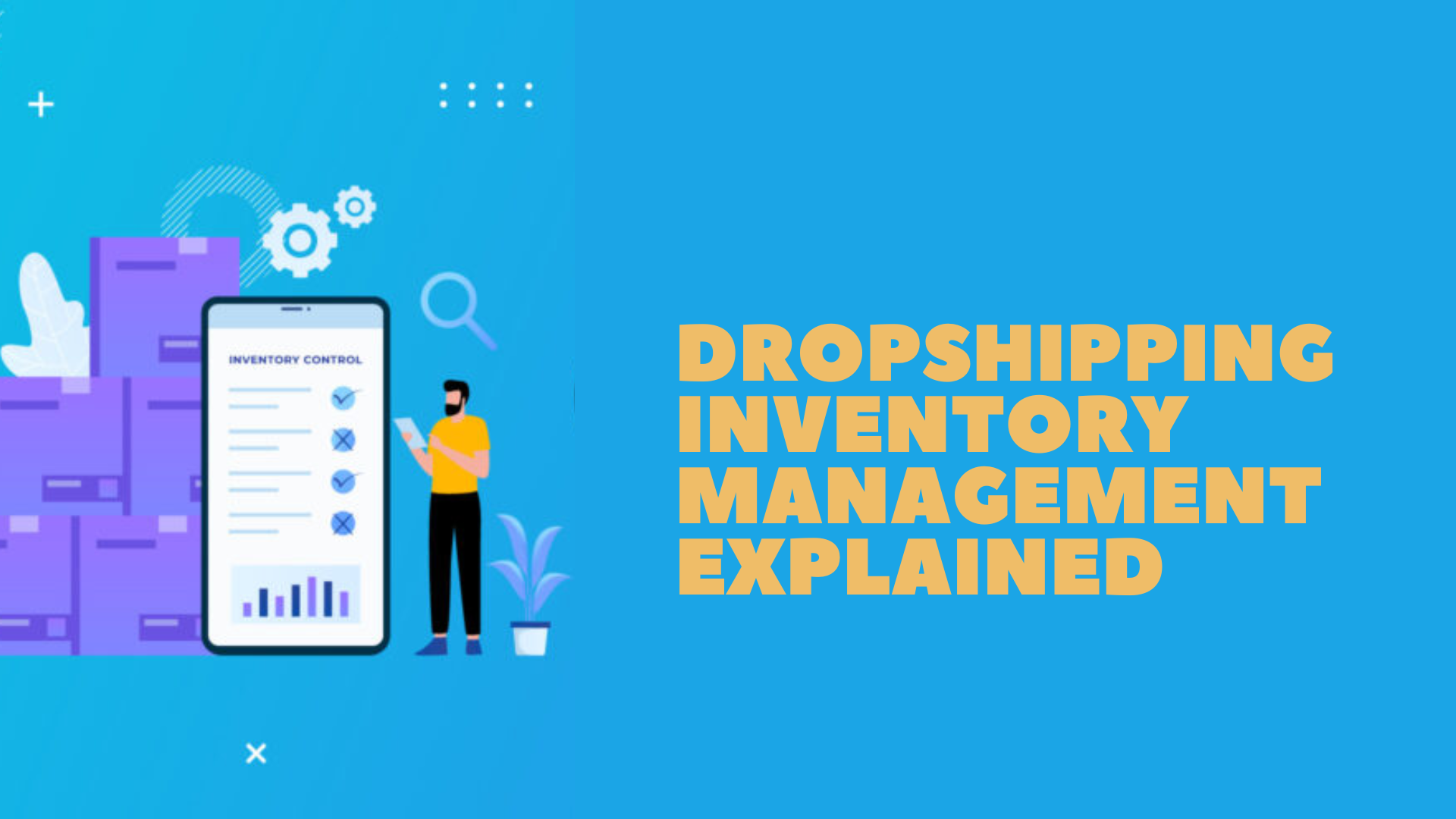Dropshipping has emerged as a popular business model due to its low entry barriers and minimal upfront investment. However, success in dropshipping hinges significantly on effective inventory management. Understanding the nuances of this aspect can make or break your business. This blog aims to demystify dropshipping inventory management and offer practical strategies to keep your business running smoothly.
What is Dropshipping?
First, let’s briefly recap what dropshipping is. In a traditional retail model, you purchase products in bulk, store them, and ship them to customers as orders come in. In dropshipping, you only purchase products from a supplier when a customer places an order. The supplier then ships the product directly to the customer. This eliminates the need for you to handle physical inventory, reducing overhead costs and storage hassles.
The Importance of Inventory Management in Dropshipping
While you might not handle inventory directly, managing it effectively is still crucial. Here’s why:
- Customer Satisfaction: Accurate inventory levels ensure that products are available when customers want to purchase them. Stockouts can lead to lost sales and damage your brand’s reputation.
- Cost Efficiency: Knowing your inventory helps avoid over-ordering from suppliers, which can tie up capital unnecessarily.
- Seamless Operations: Efficient inventory management ensures smooth order fulfillment, reducing errors and delays.
Key Components of Dropshipping Inventory Management
- Real-Time Inventory Tracking
- Supplier Integration: Integrate your online store with your supplier’s inventory system. This enables real-time updates on stock levels, reducing the risk of selling out-of-stock items.
- Inventory Management Software: Use inventory management software to sync inventory data between your store and your suppliers. Platforms like Shopify, WooCommerce, and others offer integrations with various dropshipping suppliers.
- Demand Forecasting
- Historical Data Analysis: Analyze past sales data to predict future demand. This helps you anticipate which products will be popular and when.
- Market Trends: Stay updated on industry trends and seasonality. Use tools like Google Trends or industry reports to adjust your inventory strategy accordingly.
- Automated Reordering
- Reorder Points: Set reorder points for products to ensure you place orders with your suppliers before stock levels run too low.
- Automated Systems: Implement automated reordering systems that trigger purchase orders to suppliers when inventory levels hit a certain threshold.
- Multiple Supplier Management
- Supplier Diversification: Relying on a single supplier can be risky. Diversify your supplier base to mitigate the risk of stockouts or delays.
- Supplier Performance Monitoring: Regularly evaluate your suppliers on metrics like delivery times, product quality, and reliability to ensure they meet your standards.
- Handling Returns and Exchanges
- Clear Return Policies: Establish clear return policies with your suppliers. Ensure that the process for handling returns and exchanges is seamless for both you and your customers.
- Reverse Logistics: Develop a system for managing reverse logistics efficiently, so returned products are processed quickly, and inventory records are updated accurately.
Best Practices for Dropshipping Inventory Management
- Regular Audits
- Conduct regular audits of your inventory data to ensure accuracy. This helps identify discrepancies early and maintain data integrity.
- Communication
- Maintain open lines of communication with your suppliers. This helps you stay informed about potential stock issues, delivery delays, or product changes.
- Technology Utilization
- Leverage technology to automate and streamline inventory management processes. Use tools that integrate well with your e-commerce platform and provide real-time updates.
- Flexibility and Adaptability
- Be prepared to adapt your inventory management strategies based on changing market conditions and customer preferences. Flexibility is key to staying competitive.
Conclusion
Effective inventory management in dropshipping is about more than just keeping track of products. It involves a strategic approach to supplier relationships, demand forecasting, and the use of technology to streamline processes. By mastering these aspects, you can ensure a smooth operation, keep your customers happy, and ultimately drive your business success.
Dropshipping offers a wealth of opportunities, but like any business model, it requires diligence and smart management. Embrace the tools and strategies outlined above, and you’ll be well on your way to becoming a dropshipping success story.









